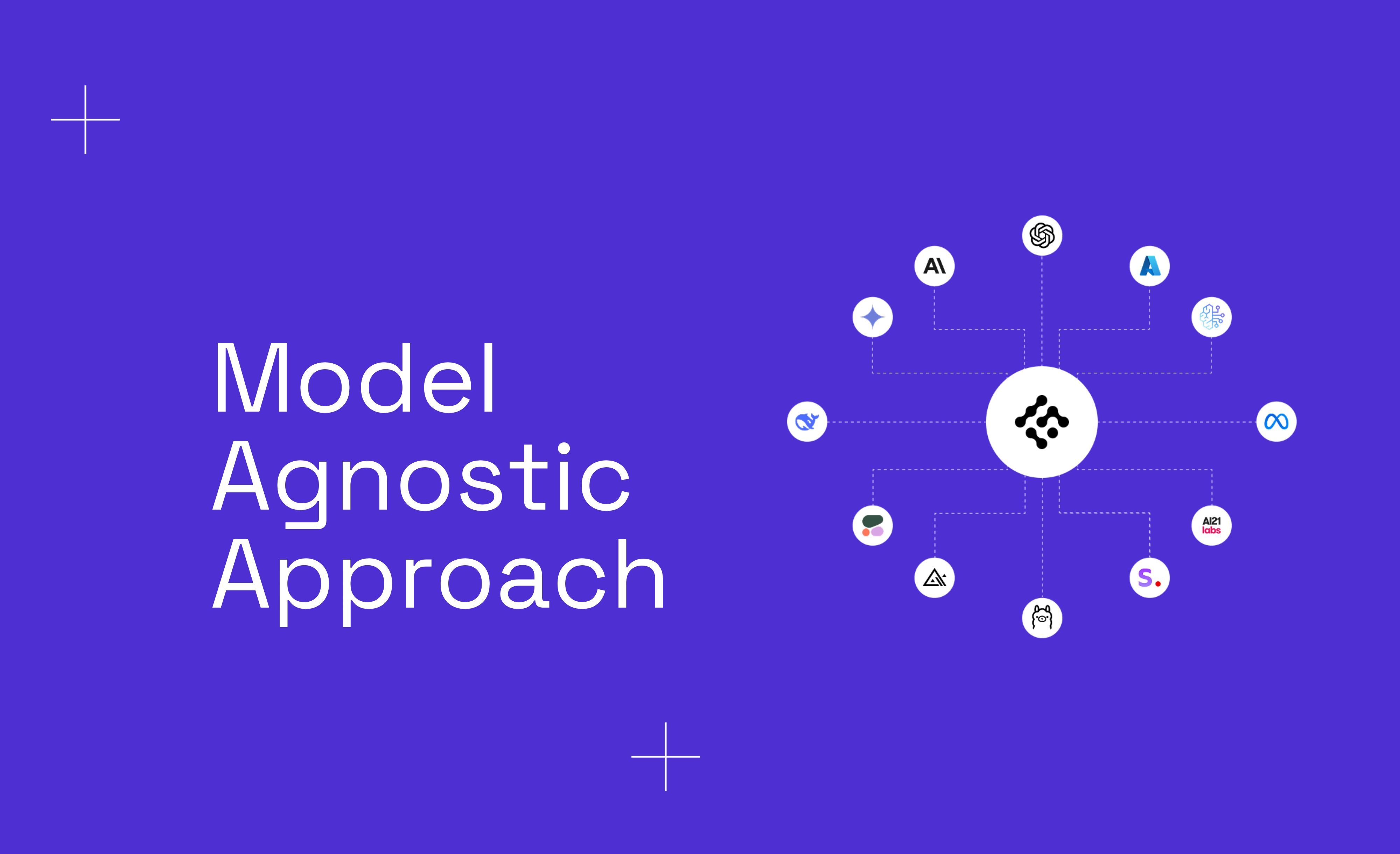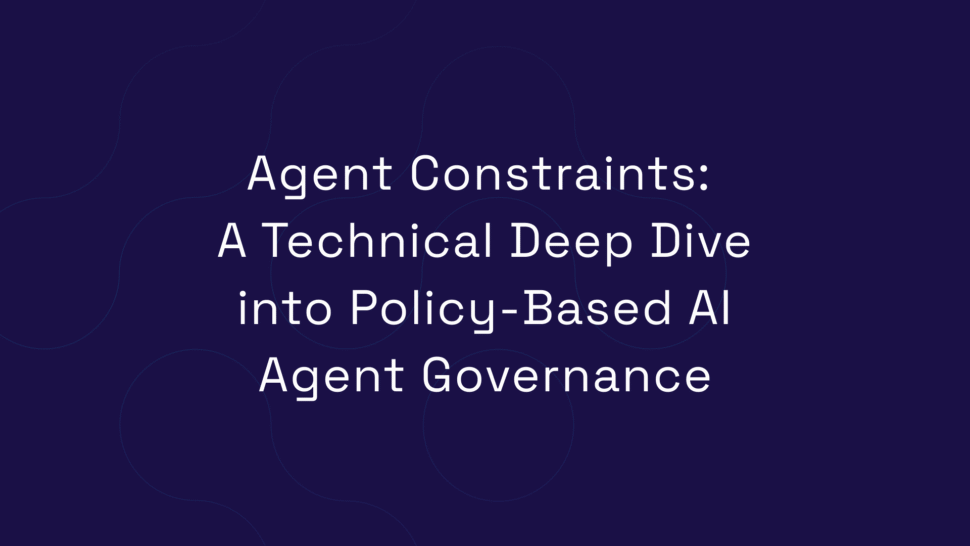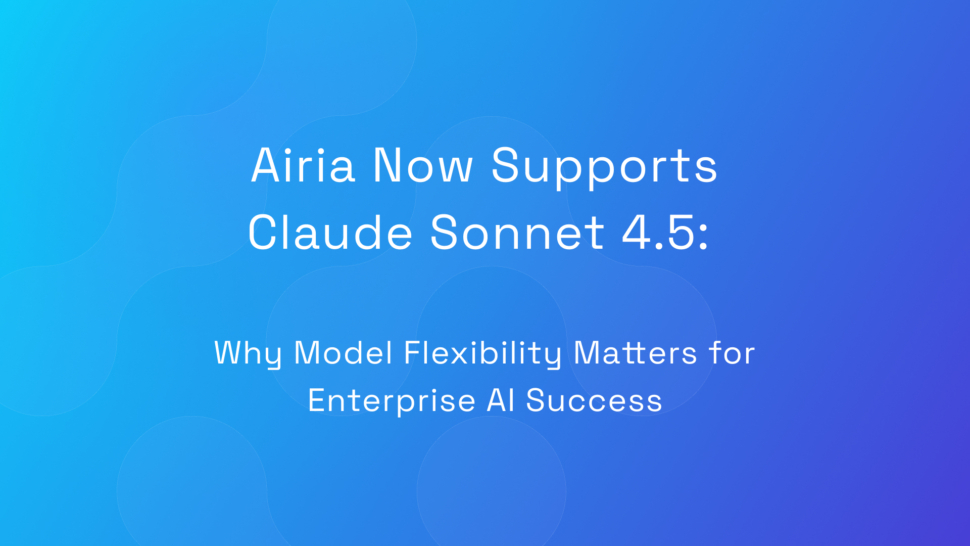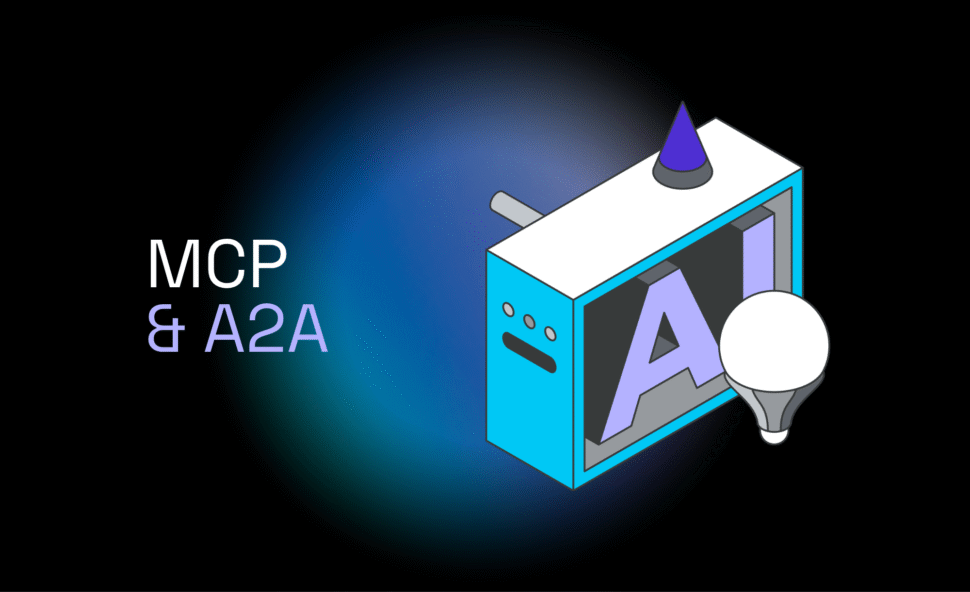Table of Contents
Flexible Model Selection: How Businesses Benefit from a Model Agnostic Approach
In today’s rapidly evolving AI landscape, businesses face a critical challenge: how to select the right AI models for their unique needs while ensuring they don’t get locked into technological dead-ends. As soon as you’ve approved an agent for production, and sometimes before, a new model from a new provider touts being cheaper, faster and more accurate. If you’re not prepared for this reality, you are left at a crossroads.
What Does "Model Agnostic" Really Mean?
A model agnostic approach means your AI infrastructure isn’t tied to any single model provider or technology. Instead, it creates an abstraction layer that allows you to:
- Swap models in and out without disrupting your applications
- Mix and match models from different providers based on specific use cases
- Seamlessly upgrade to better models as they become available
- Avoid vendor lock-in that limits your technological options
The Business Case for Model Flexibility
1. Cost Optimization
Different AI models come with different pricing structures. Some excel at specific tasks while being more cost-effective than general-purpose alternatives. A model agnostic platform lets you:
- Use specialized, cost-efficient models for routine tasks
- Reserve premium models for complex or high-value operations
- Quickly adapt when pricing changes make alternative models more attractive
2. Performance Optimization
The “best” model varies widely depending on your specific use case:
- Text-heavy applications might benefit from different models than image-processing ones
- Some models excel at speed while others prioritize accuracy
- Language-specific capabilities vary dramatically across models
- Domain expertise (legal, medical, financial) differs between model providers
A model agnostic approach lets you select the optimal model for each specific task rather than forcing one model to handle everything.
3. Future-Proofing Your AI Investment
The AI field is evolving at breakneck speed. Today’s cutting-edge model may be outdated in six months. By adopting a model agnostic platform, you:
- Protect against model obsolescence
- Easily incorporate breakthrough technologies as they emerge
- Avoid expensive rewrites when transitioning between models
- Maintain competitive advantage through technological agility
Real-World Implementation Benefits
Simplified Development
Developers benefit tremendously from a model agnostic approach through several key advantages. They gain access to consistent APIs regardless of the underlying model, which creates a unified development experience across different AI providers. This consistency significantly reduces the learning curve when incorporating new models into existing systems, allowing teams to adapt more quickly to emerging technologies. The approach also provides the ability to experiment with different models without requiring major code changes, enabling rapid prototyping and testing. Additionally, developers can implement standardized prompt engineering and response handling processes that work across multiple model providers, streamlining the development workflow.
Risk Mitigation
A model agnostic approach also helps mitigate several critical business risks that organizations face when building AI-powered applications. Availability concerns become less problematic because if one provider experiences downtime, you can seamlessly switch to alternative providers without significant disruption to your services. The approach also addresses regulatory compliance challenges, as different regions may require different model providers to meet local data protection and AI governance requirements. Security vulnerabilities can be managed more effectively with the ability to quickly switch providers if security issues arise with a particular model or service. Perhaps most importantly, this strategy ensures business continuity by providing protection against scenarios where a provider discontinues a specific model, preventing organizations from being locked into a single vendor’s roadmap and decisions.
How Our Platform Enables Model Agnosticism
Our AI building platform was designed from the ground up to embrace model flexibility:
- Unified API Layer: We provide consistent interfaces regardless of the underlying model, allowing seamless model switching.
- Automated Evalutions: Our platform helps you understand which models perform best for your specific use cases.
- Resilient Execution: Automatically direct requests to a secondary option when the primary model is unavailable.
- Version Management: Easily test new model versions before full deployment to ensure compatibility and performance.
- Multi-Provider Integration: Connect to all major model providers through a single platform without managing multiple vendor relationships.
- Universal Key: Access to model providers without needing to set up an account or get procurement involved before prototyping proves valuable.
Getting Started with a Model Agnostic Approach
Transitioning to a model agnostic approach doesn’t have to be overwhelming:
- Assess Current Needs: Identify your key AI use cases and performance requirements
- Start Small: Begin with one application that would benefit from model flexibility
- Measure Impact: Track improvements in cost, performance, and development efficiency
- Scale Gradually: Expand to more applications as you quantify the benefits
In a field evolving as rapidly as AI, flexibility isn’t just a nice-to-have—it’s essential for sustainable success. A model agnostic approach provides the adaptability businesses need to navigate the complex AI landscape while optimizing for cost, performance, and future innovation.
By embracing a platform that allows you to work with any model provider, you gain the freedom to always use the best tool for each specific job. This approach transforms AI from a potential technological dead-end into a flexible foundation that can evolve alongside your business needs and technological advances.
Ready to experience the benefits of a truly flexible AI implementation? Contact us today to learn how our model agnostic platform can transform your approach to AI integration.



